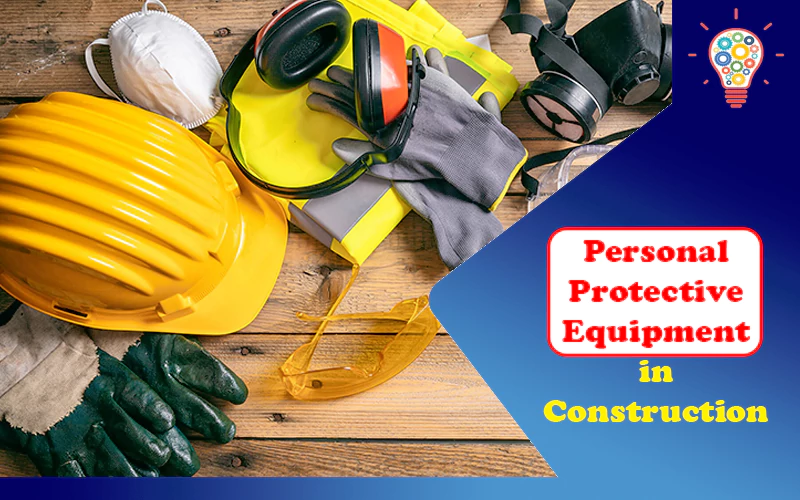The safety of workers has to be a paramount priority in the management of any construction project. Of course, legal compliance with the Worker Protection and Worker Environment Act is essential both as a general operating practice and a way to manage risk. Personal protective equipment is a requirement for certain types of work, and construction companies need to recognize its importance and integrate it into their core management practices.
Table of Contents
Risk Mitigation Benefits
It is impossible to totally eliminate risk in safety, health and work environment conditions that have inherent hazards. Any type of physically demanding labor in the construction field such as lifting could pose a risk to workers. Likewise, activities with some element of risk due to the use of dangerous tools could jeopardize workers’ safety. Sawing, for example, carries some unavoidable risk of laceration. Nevertheless, there are several ways that companies can mitigate that danger for workers.
Assuring that workers have the skills to complete certain activities is crucial. Offering training materials and other resources can help assure that workers go about tasks correctly. Of course, even highly skilled workers could experience an accident when performing a dangerous task. In this respect, the use of PPE may be one of the best possible safeguards to prevent injury on a job site. PPE can make a key difference in whether an accident results in serious injury, a minor injury, or none at all.
Accountability
Making PPE a key element of a company’s safety culture should be an undertaking that involves the entire workforce. Workers must be held responsible for their own conduct, and they should also attempt to look out for one another.
Project leaders should set the example by following PPE policies all of the time without any exception. Supervisors and foremen need to be accountable for what everyone on a job site is doing to stay safe. If supervisors and senior staff observe someone performing a task without proper PPE, they should offer one-on-one counseling to remedy the oversight.
Compliance
Occupational safety guidelines determine when workers need to use basic protective equipment. While it is workers’ responsibility, it is their employers’ responsibility to enforce these guidelines. Simply having a policy in place will not necessarily insulate a company from culpability in the event that an employee fails to adhere to guidelines. Companies must also utilize procedures to train employees on expectations regarding their use of PPE on job sites.
In general, it may be preferable to provide PPE even if employees have their own. As a compliance measure, providing equipment directly to employees promotes consistency in use. It also clearly demonstrates a company’s commitment to following applicable law.
Going above and beyond the requirements of legal mandates may be a strategic approach towards policymaking for companies that perceive unique risks with their individual activities or job site management. Continually striving to use an abundance of caution with PPE policies can prevent accidents and injuries. Companies should periodically review their preventative risk management initiatives in order to assure that policies, as well as systems for enforcement, are working in practice.
Read Also: 5 Workplace Safety Tips Every Business Should Know

